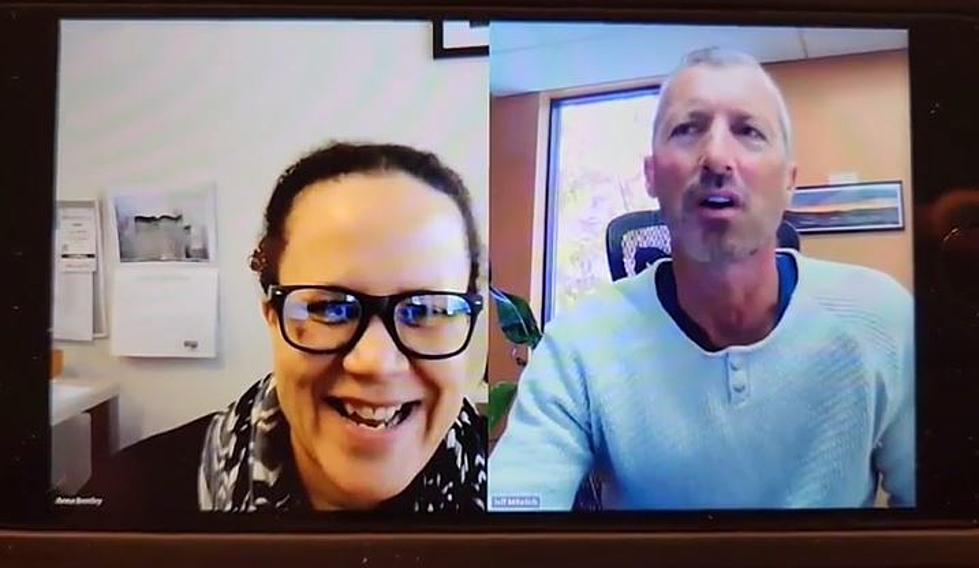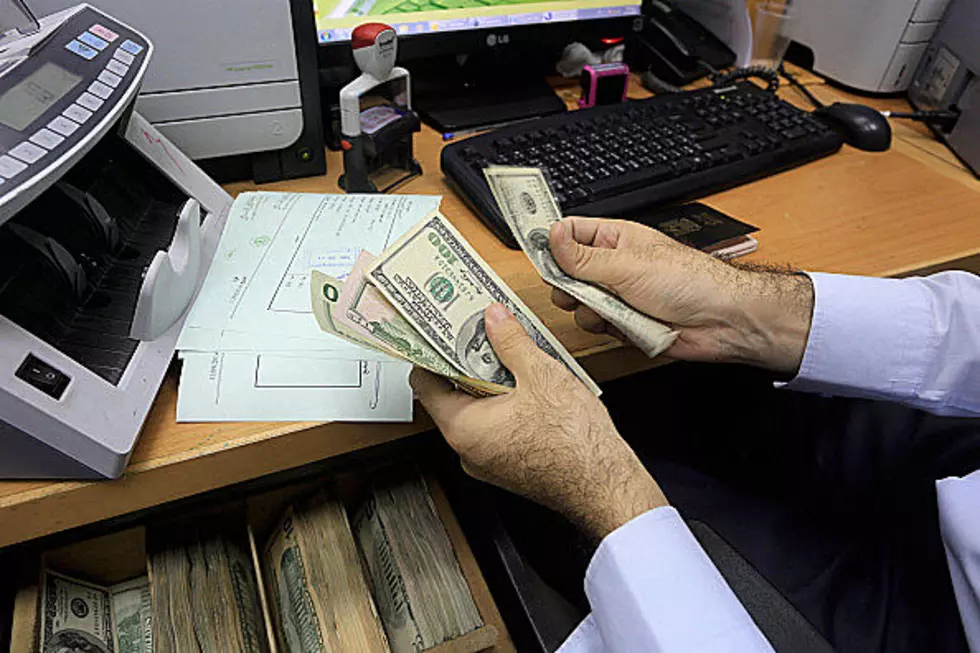
Tom’s Alternative To Raising The Minimum Wage
You can’t swing a cat without hitting marchers in the streets of America, not asking for, but demanding that the starting entry-level wage be raised to $15 per hour.
If you happen to have a real 40 hour a week job that would amount to a respectable gross pay of $31,200 per year. Sixty-two thousand would be a so-called “living wage” in most parts of America for a two-income household.
How Does It Currently Work?
Let’s assume that you’ve worked for a business for five years. You’ve worked your way from $7.25 to $10 per hour.
Liberal thinking would be that you would be moved to $15. The same wage as any new entry-level hire. That’s fair right?
Really? You’d be happy getting a five-dollar raise after putting in five years and being paid the same as the new guy who knows bubkis?
Shouldn’t you be paid more than entry level for your experience and expertise in your job?
As an employer I am now faced with a dilemma. Do I pay the experienced employee $5 more per hour and forego hiring the new person or do I layoff the $10 guy and hire someone already making $15 from somewhere else with more experience?
What If Someone Said, “I’m From The Government; I’m Here To Help!”
Where have you gone Uncle Sam — the nation turns its lonely eyes to you — Wo-Wo-Wo. With apologies to Mrs. Robinson, when all else fails call in the Feds.
The government loves to subsidize everything. They subsidize healthcare, farmers, automobile manufactures and corporations so why not small business employment?
Instead of a $15 per hour mandated minimum wage why not a government subsidy of $7.75 per hour? ($7.25 + a $7.75 government subsidy = $15)
The employer keeps his experienced employee because now he can also raise the $10 experience employee to $18 and a subsidy would cover a portion of the additional $8.
If we can subsidize healthcare for everyone in America surely we should be able to subsidize employment. And Healthcare doesn't produce anything on the patients part that can be bought or sold.
What’s The Upside?
What’s the upside? First the number of people working for minimum wage is very low as a percentage of all wages in the workforce.
Increased employment costs would not have to be passed on to the consumer.
More people employed paying taxes at a higher tax rate would partially offset the cost of the subsidy. There’s no way it would be a wash but it would employ more people with a lower payroll burden on the employer.
You could even have the old minimum stay in effect for 90 days then you could apply for the subsidy for a new hire you want to keep after their probationary period.
You would put more stimulus dollars in the economic ecosystem that would give everyone more buying power.
Salaried employees would be evaluated on a case-by-case basis.
Including the subsidy of each employee on their pay stub and their W-2 would minimize fake employee fraud.
It would also raise their social security contribution making that program stable longer than it currently is. More money in peoples pockets could reduce the costs for school lunch programs, utility help would be reduced, temporary assistance to needy families could be reduced, and reduce the number of people on Medicaid.
Some Final Thoughts
Minimum wage problem solved. Everyone goes home happier and wealthier.
If sales increase more employees can be hired and due to the loss of the employment subsidy an employer could afford to keep current employees on the payroll longer during lean times.
Reduced unemployment costs. Increased work force participation. More manageable day care costs for working families and family leave could be provided.
What are your thoughts? Comments below.
Tom Egelhoff is the host of "Open for Business airing every Saturday on AM 1450 KMMS 11:00 AM to 2:00 PM Mountain Time. Listen live online at KMMSAM.COM
More From KMMS-KPRK 1450 AM









